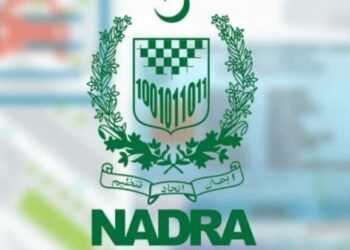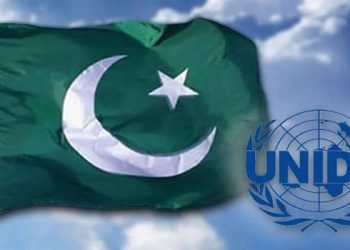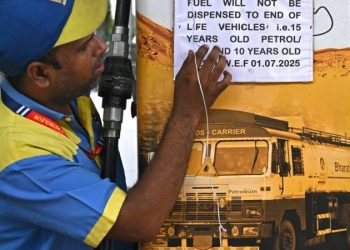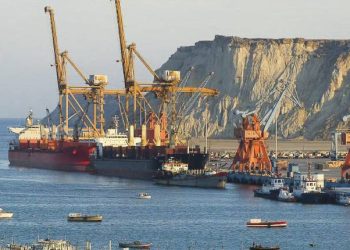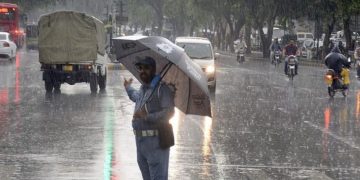The caretaker government has increased the prices of petrol and diesel in view of the rising global oil prices and the depreciation of the Pakistani Rupee. However, one reason for the price increase is also the petroleum development levy, which is not mentioned in the government’s statement.
It is clear in the calculations that after PDL reached Rs60 per litre, the question arises whether the government is earning money only from this one tax or, like electricity bills, there are multiple taxes here as well, and overall, how much money the government is taking out of the public’s pocket per litre in the form of benefits.
After an increase of 15 Pakistani Rupees per litre, petrol now stands at Rs305.36 per litre. Every time prices increase, detailed documents of calculations are issued by the government, including information about how much petrol was purchased from abroad and what taxes are imposed on it.
Due to limited refining capabilities and other factors, Pakistan earns most of its revenue from petroleum products in a refined state. This means that instead of crude oil, products like petrol, diesel, kerosene, and other products are imported.
Petrol is imported in two different grades, including Ron 95, which is relatively better, and Ron 92 petrol. According to estimates, from August 16 to August 31, Pakistan purchased Ron 95 petrol at $104.49 per barrel, while Ron 92 petrol was purchased at $98.65 per barrel.
A premium of $3.59 per barrel is charged on these products, which includes profit margins as well as handling expenses. There are approximately 159 litres in one barrel. So, based on OGRA’s estimate, the price of petrol can be calculated by multiplying the dollar price of petroleum products by the average exchange rate.
From August 16 to August 31, the average exchange rate was 299.76 Pakistani Rupees per dollar. Based on this calculation, the government gets petrol in Pakistan for 203.76 Pakistani Rupees per litre, including freight charges.
The first tax on petroleum products is usually the customs duty, which is imposed on all products, and its rate is 10 per cent. This means that from September 1, a tax of 24 Pakistani Rupees is being imposed on petrol at the port. Consequently, the price at the pump reached 224 Pakistani Rupees per litre.
After this, petrol enters the system of oil marketing companies, where it is supplied to petrol pumps. The price at which oil is supplied to them is called the PSO cost of supply, and at this time, this price is 228.59 Pakistani Rupees per litre.
At this point, oil companies charge various charges, including dealers’ commissions, as well as other charges, which include an inland freight margin of 3.77 Pakistani Rupees per litre, to ensure uniform prices across different cities and to cover transportation costs.
When these three margins are subtracted, the government earns at least 84 Pakistani Rupees per litre from petrol, excluding customs duty and the levy. In the past, there was also a third sales tax on petrol in the form of a sales tax, but it has not been collected since March 2022.









